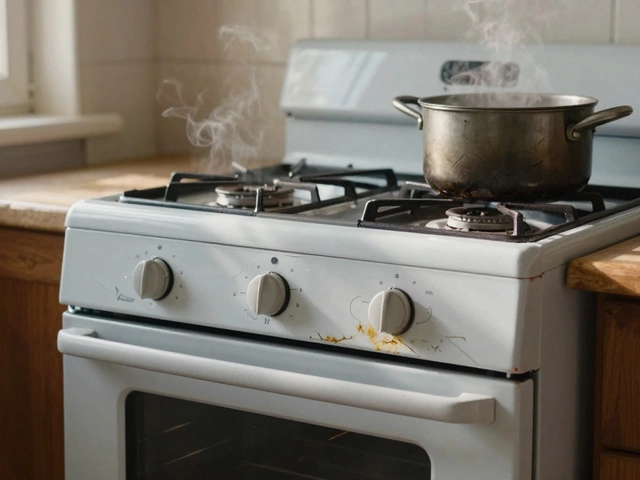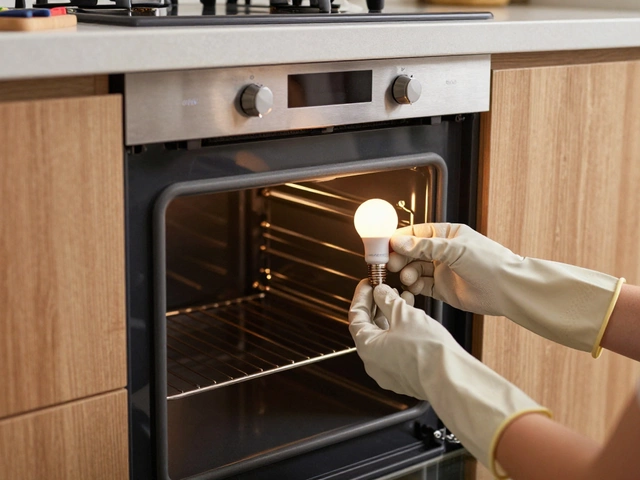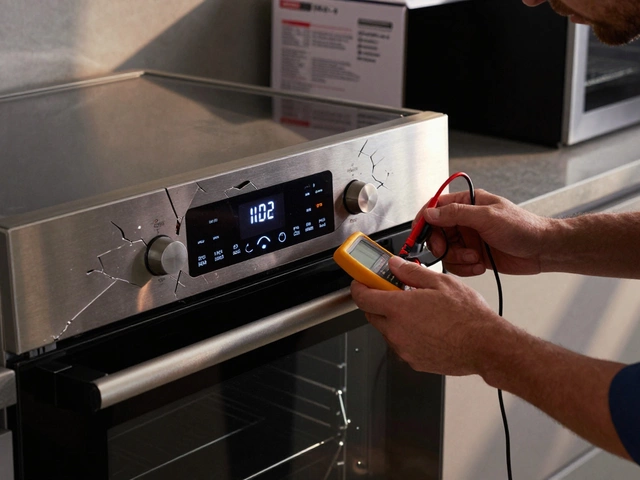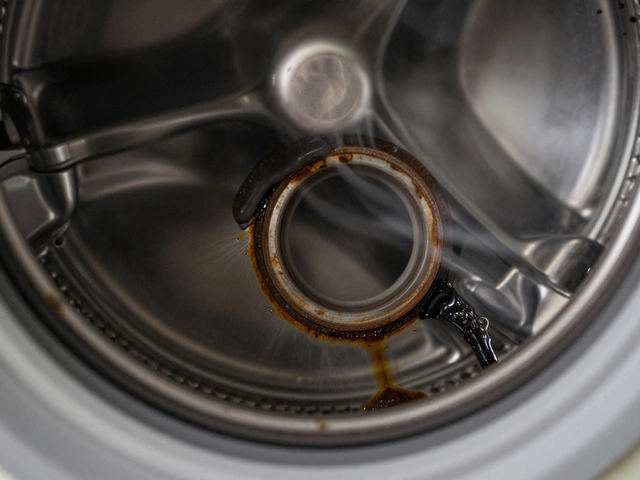DIY oven replacement: Quick guide to swapping your oven yourself
Thinking about pulling out that old oven and putting a new one in? You can do it without a pro if you follow the right steps and stay safe. This guide walks you through what you need, how to do it, and the signs that it’s time to call a professional.
Tools and supplies you’ll need
First, gather the basics. A screwdriver set (flat‑head and Phillips), a drill, a level, a putty knife, a multimeter, and a sturdy work‑light are the core tools. You’ll also need a few supplies: new oven kit (including any brackets), electrician’s tape, and a set of wire nuts. If your new oven comes with a quick‑connect hose for the gas, keep that handy too.
Step‑by‑step replacement process
1. Turn off power and gas. Walk to the breaker box and flip the switch for the kitchen circuit. If you have a gas oven, shut the gas valve at the meter or behind the stove. Safety first – you don’t want a spark or leak.
2. Remove the old oven. Unscrew the brackets that hold the oven to the cabinet. Pull the oven out gently; you may need a helper because they can be heavy. If it’s a built‑in wall oven, you’ll also detach the trim by prying it off with the putty knife.
3. Disconnect wiring. Take a photo of the wiring layout, then loosen the wire nuts and separate the cords. Use the multimeter to double‑check the power is off before touching anything.
4. Prepare the opening. Clean the cavity, fill any gaps with filler, and make sure the new oven will sit level. Use the level to check both side‑to‑side and front‑to‑back.
5. Install the new oven. Slide the new unit into place, line up the mounting brackets, and secure them with screws. Re‑connect the wiring exactly as it was on the old unit – match colors and tighten the nuts snugly.
6. Hook up gas (if needed). For gas ovens, attach the hose to the new oven and the gas line, then use a leak‑detect solution to check for any bubbles. Tighten all connections securely.
7. Test the oven. Turn the breaker back on, set the oven to a low temperature, and watch for any unusual noises or smells. If everything runs smooth, you’re done.
If you hit any roadblocks – like mismatched wiring, a faulty gas line, or the oven just won’t sit right – pause and call a professional. It’s better to spend a bit on a qualified tech than risk damage or injury.
Replacing an oven yourself can save you a few hundred pounds and give you the satisfaction of a job well done. Just keep safety front‑and‑center, follow each step, and enjoy your fresh, hot meals in no time.
2 November 2024
·
0 Comments
Replacing an electric oven may seem daunting, but with the right tools and guidance, it’s a feasible project for many homeowners. This article offers step-by-step instructions for safely replacing your oven, including necessary preparations and potential pitfalls. It also provides useful tips for ensuring your new appliance functions efficiently and culminates with advice on when it might be wise to call in the experts.
Read more






